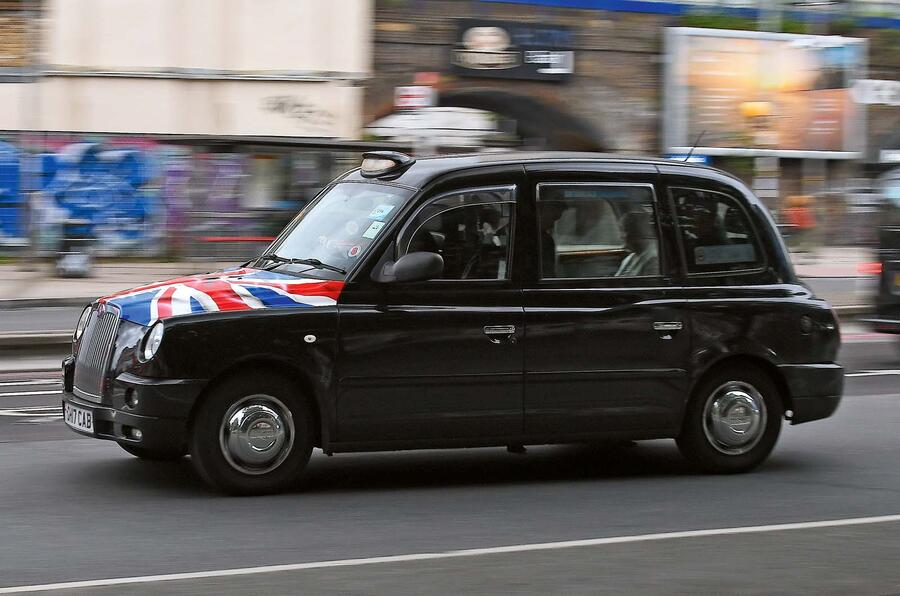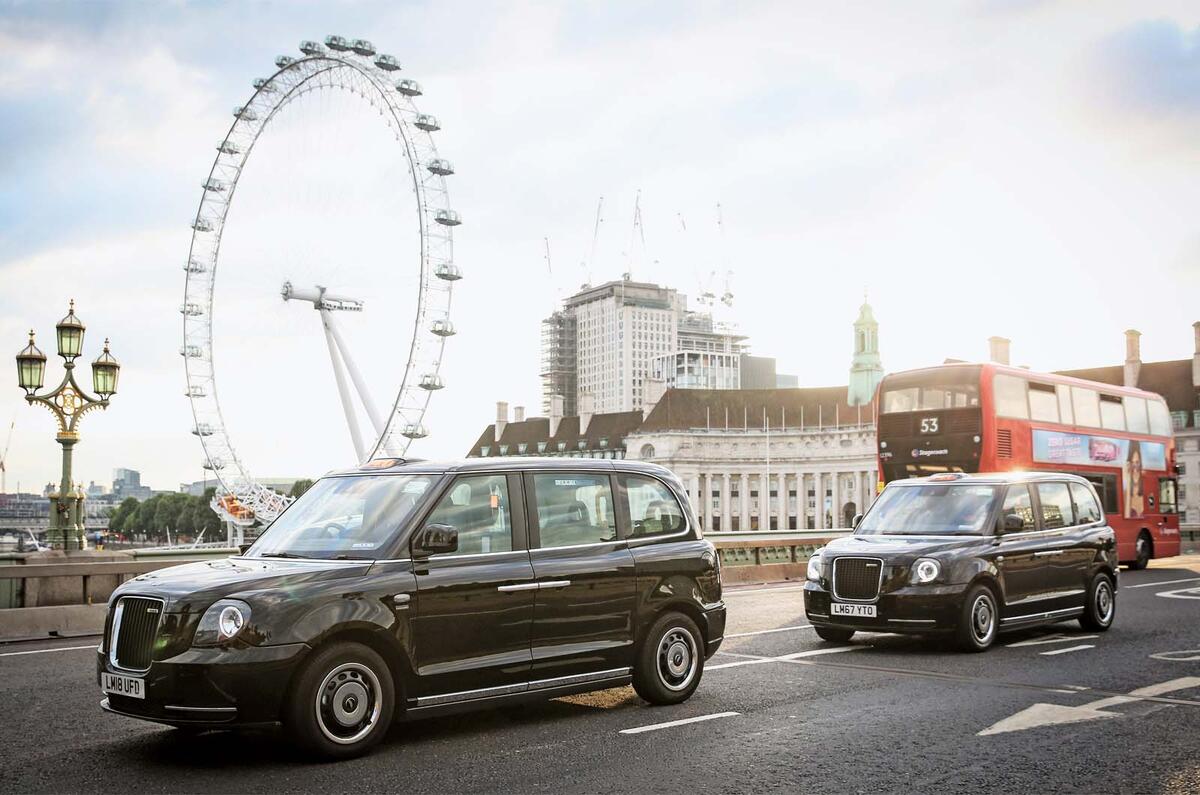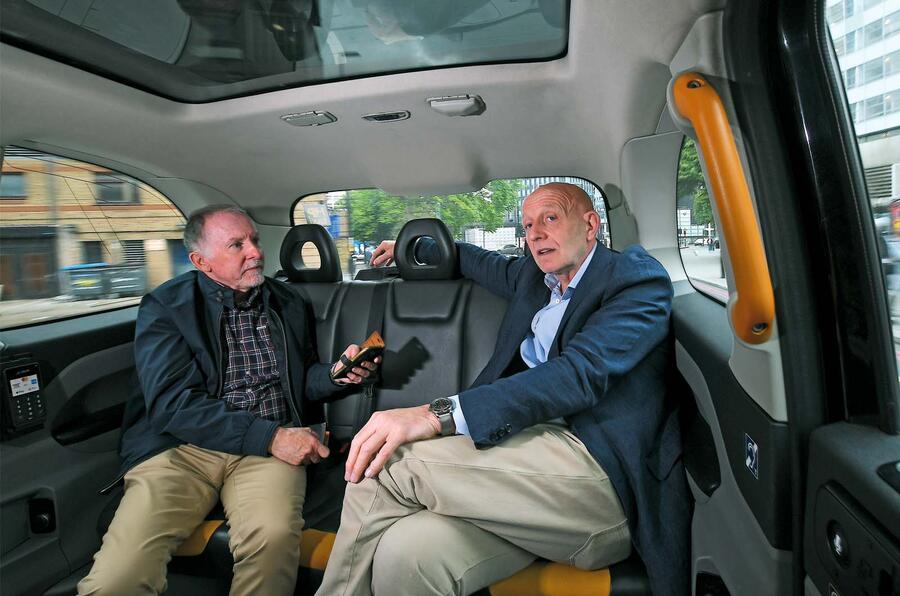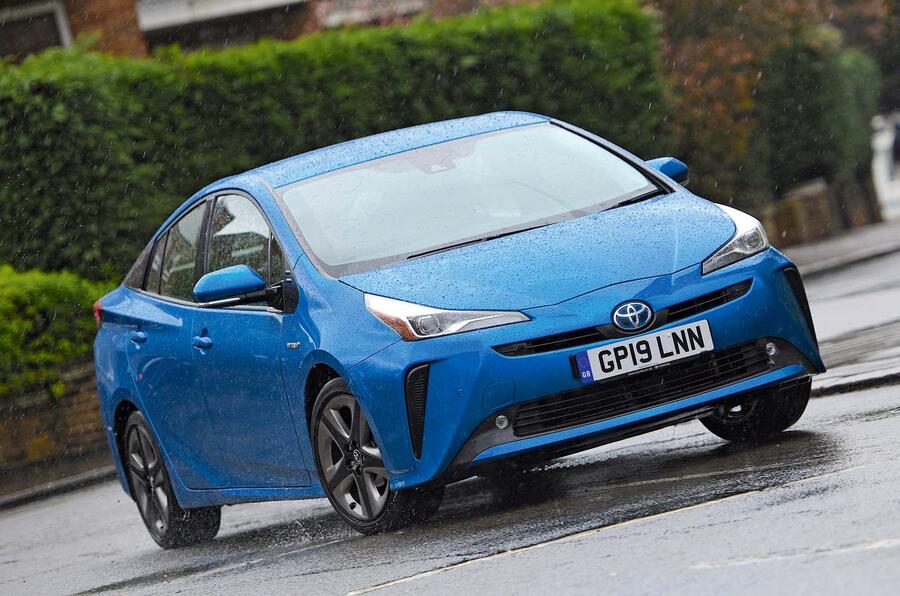According to my phone, Taxi House, headquarters of the Licensed Taxi Drivers’ Association (LTDA) on Great Suffolk Street, London, E1, is just a 15-minute walk from Waterloo station, where I’m located.
I’m due to meet Steve McNamara, the association’s general secretary, there and although shanks’s pony is more appealing, I ought to take one of his member’s black cabs. It will be a chance to find out what a taxi ride costs these days and to grill the driver about life as a cabbie.
He won’t be cracking jokes…There’s a big debate going on about the future of London’s cabs. In March, a report by the Centre for London warned that on current trends, the trade could disappear from the capital’s streets within as little as 20 years.
The reasons, it said, include the Covid epidemic, which saw many drivers quit, and the rapid growth in private hire vehicles led by Uber (96,000 compared with 14,500 taxis). In addition, it highlighted the “substantial increase” in the costs of purchasing and operating the new LEVC TX range-extender taxis and the ending of the taxi scrappage scheme and recent reduction in the new taxi purchase grant.
It also referenced the challenge posed to driver recruitment by the notoriously tough Knowledge of London, the list of routes that aspiring taxi drivers must learn.

On a more optimistic note, the report’s release coincided with the publication by Transport for London (TfL) of a 14-point plan to support the taxi trade and private hire vehicles over the next five years.
Recognising that the capital’s taxis “play a vital role in London’s green and sustainable transport network”, it promised to ensure that taxis continue to have access to bus lanes wherever possible, to tackle cross-border hiring (the practice of taxis operating outside their licensed areas), to improve the training offered to taxi drivers and to make the Knowledge less intimidating, among other action.







Join the debate
Add your comment
The main problem is German tourists who prefer a taxi in which they heartily sing Deutschland, Deutschland Uber alles